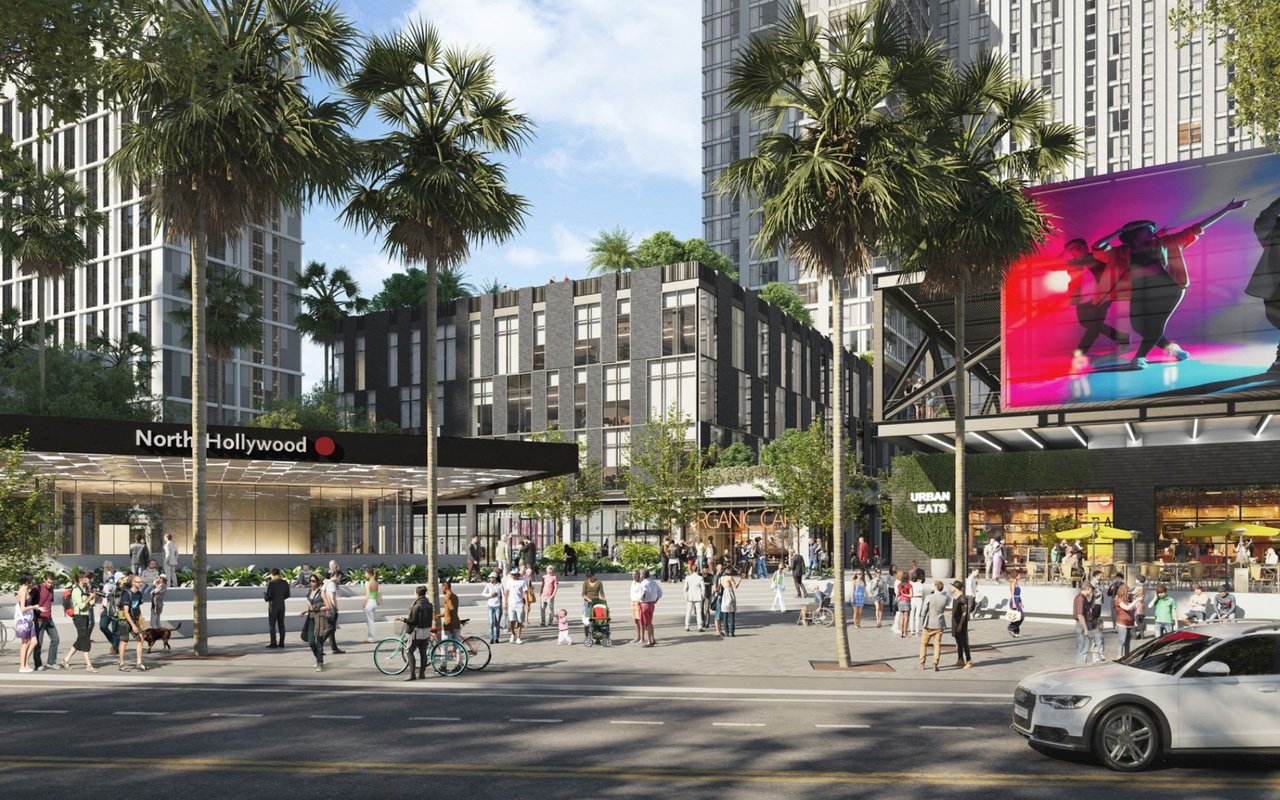Starter homes are slowly making a comeback.
Builders are heading back to the market due to the “tight supply of affordable homes, and a relatively large increase in their price,” Matthew Pointon, property economist at Capital Economics, wrote from New York.
Starter homes are the entry-level dwellings that younger people, typically in their late 20s and early 30s, look to buy. They generally cost about 20 percent below the market’s median price, meaning they are currently priced around $215,000 nationally. Prices vary from market to market.
“First-time buyer activity is underperforming compared to historical norms,” Dr. Lawrence Yun, chief economist and senior vice president at the National Association of Realtors told FOX Business. “Our latest data show that 31 percent of buyers currently are first-time buyers. More normal will be closer to 40 percent.”
Yun said the underperformance is because many young adults are saddled with student debt and more critically, a lack of inventory at the starter-home level.
Census Bureau data shows 40 percent of new homes in the U.S. sold for less than $300,000 by the end of 2017, down from about 65 percent in early 2007 as a bubble in the U.S. market began to implode. Housing prices as a whole are only up about 7 percent over that time. Additionally, the number of homes available for less than $250,000 is half of what it was in 2012.
The short supply of cheaper homes is due to the relatively large price gains they have seen when compared with more expensive homes, according to Pointon.
“From the start of 2012, homes priced below the 40th percentile of sales have seen a price increase of 55 percent compared to a gain of 44 percent for all homes,” he wrote, adding that a strong labor market has “boosted household formation and led to some recovery in earnings growth.”
The share of new homes sold for under $300,000 hit a three-year high in September, and Pointon thinks pricing power will continue to support the construction of cheaper homes. He expects the share of new homes costing less than $300,000 will account for 55 percent of the market by the end of 2020.
First-time homebuyers who have flexibility should look at which metro markets are seeing solid job growth above the national average, Yun said, adding that cities such as Dallas, Houston, Charlotte, Indianapolis, Cincinnati and Kansas City are places to consider.
Yun has some simple advice for first-time homebuyers.
“Stay within budget” and realize that you can “always trade up at a later point” as equity builds in your first home.




